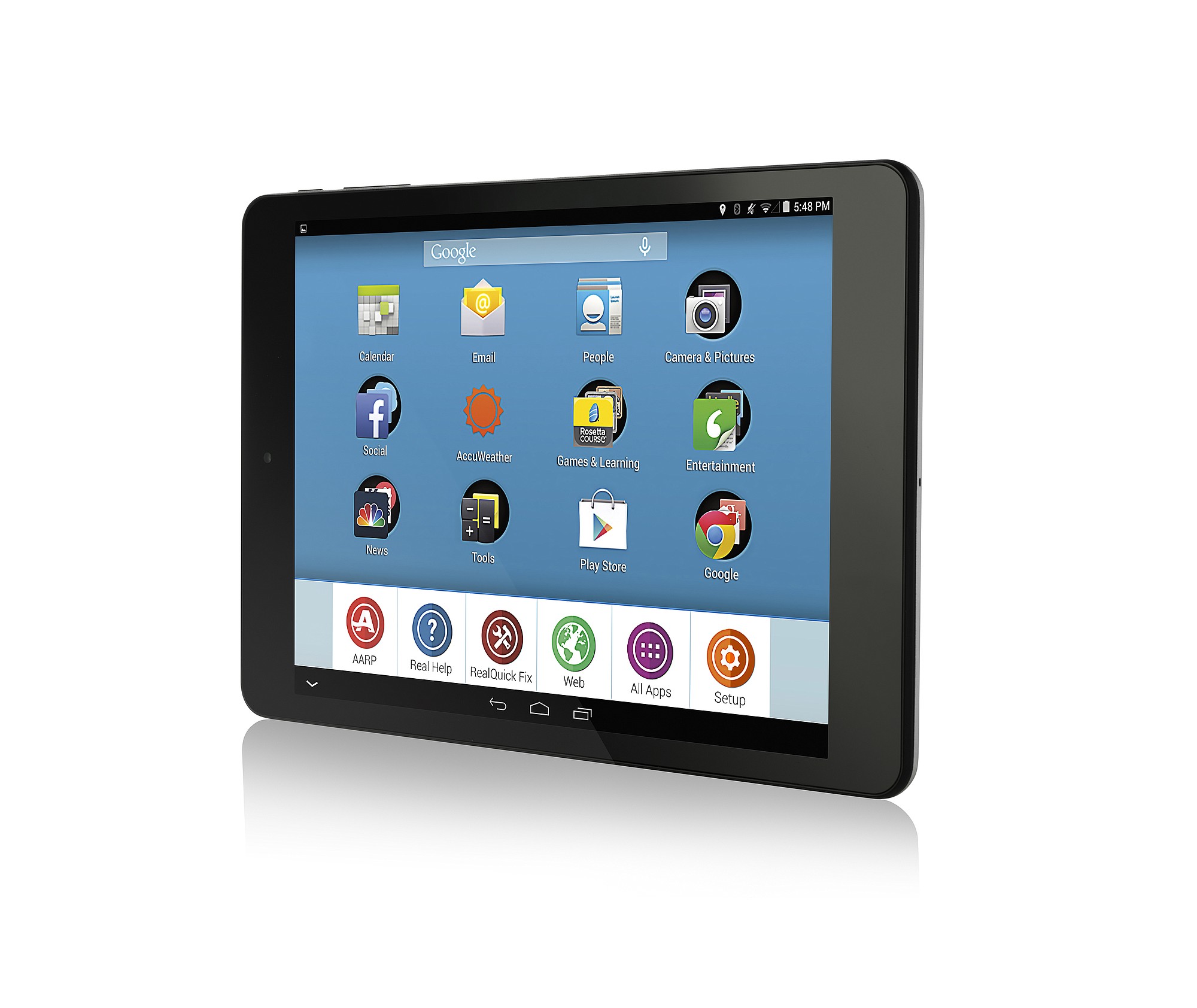At 72, retired third-grade teacher Marge Herzog is what senior citizen lobbying group AARP calls “tech-shy.”
She uses email regularly and writes newsletters for community organizations in Microsoft Word on her Acer desktop computer. But until a few weeks ago, Herzog resisted mobile technology — smartphones and tablets — because she wasn’t sure it was worth the money, or the training she would need to become comfortable with it.
“Every time you get a new device,” she said, “it’s like, ‘Oh, goodness, what demons are going to present themselves here?’ “
In October, Herzog — the former vice mayor of Loxahatchee Groves, Fla., where she lives — bought a RealPad, designed for senior citizens by AARP and Intel.
“We didn’t see a tablet that really met the needs of a huge chunk of people who are either digitally shy or not digitally connected at all,” said Steve Cone, AARP’s executive vice president of membership.
Although AARP has long believed that new technology can improve the quality of life — with things such as family video chats — many senior citizens say they aren’t confident in their ability to navigate a new device.
A few months ago, AARP and Intel designed a tablet for first-time users, pre-loaded with video tutorials, a 24-hour-a-day help line and basic applications such as email, video chat and games. The RealPad, which runs on an Android operating system, is sold on Walmart.com for $189.
The RealPad is part of a larger trend in Intel’s mobile-device technology business: customizing tablets for specific populations, said Arjun Batra, a program manager at Intel’s mobile and communications group. Intel is working with General Electric to develop a tablet for health care workers; restaurant chain Applebee’s uses table-side tablets for ordering food and paying bills, designed by tech company E la Carte and powered by Intel chips, among others.
On the RealPad, icons are about 20 percent larger than on tablets designed for the general population, Batra said. Video tutorials show users how to connect to the wireless network, send photos, use the camera and navigate the Internet, among other topics. (The tutorials, and some applications, function offline in case the user cannot connect to the wireless network.)
AARP contracted a customer-service firm to handle RealPad help-line requests, training them to handle calls from users who might be hard of hearing and who aren’t comfortable with technological jargon.
Herzog said she recently called the help line to learn how to use the camera function, after which she snapped her first “selfie.”
While she ordinarily would have called her granddaughter or her son-in-law for help — though it might take a while to hear back — “I was here by myself and wanted to do it” then, she said. On the RealPad, she asked a customer service representative questions such as “Do I face the camera toward me? And do I have to reach around to push the button?”
In the first several weeks of RealPad sales, buyers have been using the tablets primarily to connect with family and friends — via email and video chat — shop online and play games, Cone said. The first version of the RealPad is meant to acquaint senior citizens with tablets, but AARP is considering pre-installed applications to help users manage their health or finances, for instance.
The tablet sales are also a way to generate membership for AARP. Although about 80 percent of buyers are AARP members, the tablet purchase includes a one-click membership sign-up that waives the $16 annual fee for one year.



